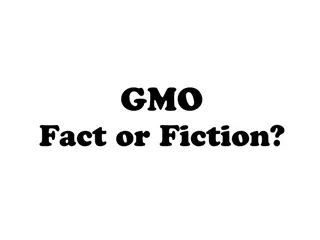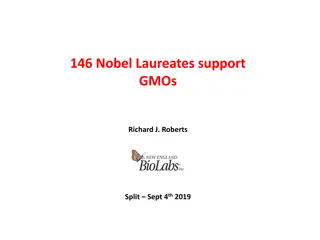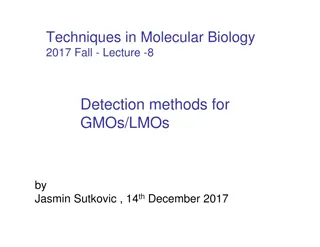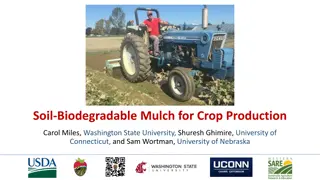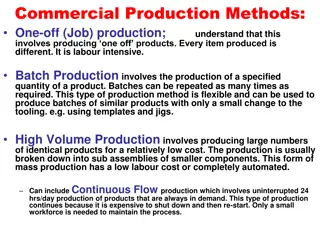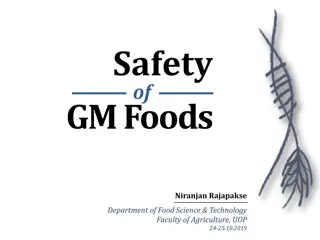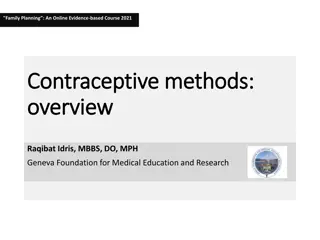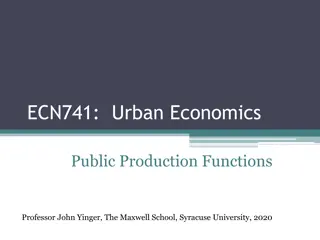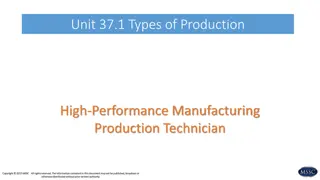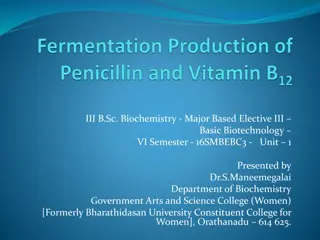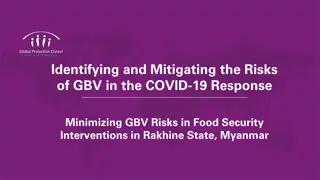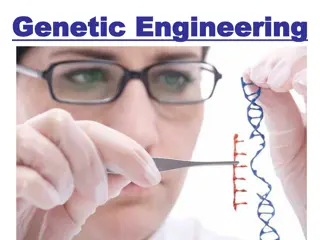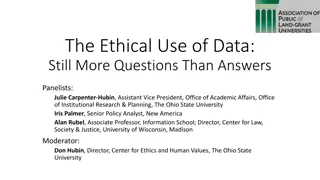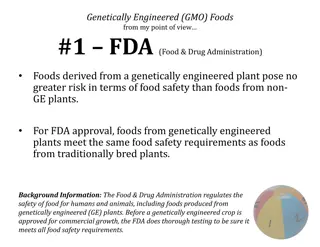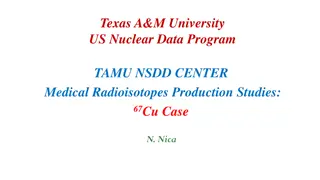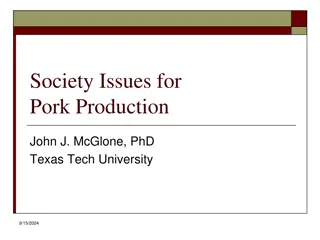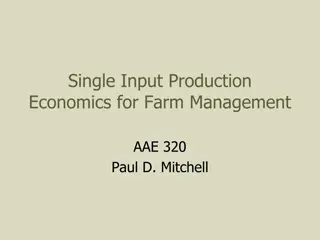Understanding GMOs: Risks, Benefits, and Production Methods
GMOs, or genetically modified organisms, are foods made from organisms with altered DNA through genetic engineering. This article explores the history of GMOs, how they are made, their risks such as potential environmental impacts and allergenicity, as well as benefits including increased crop yields, resistance to pests, and potential medical applications. Sources for further reading are provided.
Download Presentation

Please find below an Image/Link to download the presentation.
The content on the website is provided AS IS for your information and personal use only. It may not be sold, licensed, or shared on other websites without obtaining consent from the author. Download presentation by click this link. If you encounter any issues during the download, it is possible that the publisher has removed the file from their server.
E N D
Presentation Transcript
GMOs What they are, how they are made, and the risks and benefits of Genetically Modified Organisms By: Jenna Knudtson
Intro to GMOs GMO: stands for Genetically Modified Organisms/Genetically Modified Foods Foods made from organisms whose DNA has been specifically changed through genetic engineering By 2002: >60% of processed food in US contained at least some GM ingredients
First, Some History Humans have been genetically enhancing organisms over 1000 s of years- artificial selection Selecting desirable traits Purebred dogs Sweet corn Seedless watermelons/grapes
Make Your Own GMO Now, instead of selective breeding, geneticists use a sophisticated version of cut and paste Visual at right shows one of many methods Once new, improved gene is in organism, it gets passed on
Risks What would happen if GMO s mixed with wild populations? Although numerous scientific panels conclude eating GMO s is safe, may be toxic or allergenic to certain people Need to keep the old variety for genetic diversity Possible evolution of insecticide-resistant superbugs
Benefits Agriculture produces larger, higher quality crops with less effort and expense can reduce use of insecticides by making plants resistant to pests add nutrients to food in regions where people don t get enough of that nutrient endure weather extremes Medicine make safer and cheaper vaccines edible vaccines malaria resistant mosquitos gene therapy Environment biodegradable plastics
Sources http://learn.genetics.utah.edu/content/science/gmfoods/ http://www.nongmoproject.org/learn-more/ http://www.britannica.com/EBchecked/topic/897705/genetically-modified- organism-GMO



